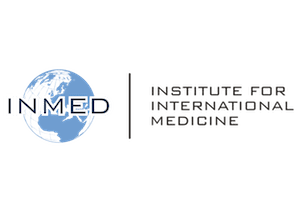Malumghat Hospital Project’s best-known component is Memorial Christian Hospital (MCH). This new 120-bed hospital was founded in 1966 via a team lead by legendary surgeon Viggo Olsen. Today MCH offers general medical, surgical and obstetrical care. Its services include a fully equipped x-ray department, laboratory, outpatient department, physiotherapy and brace and limb departments, pharmacy, labor and delivery, newborn care nursery, OB fistula repair, male and female wards, and two surgical theaters. During one recent six-month period, the staff at MCH treated 33,021 outpatients and 3,327 inpatients, delivered 691 babies, performed 231 C-sections and 1,136 additional surgeries. Logistic support for Malumghat Hospital Project is provided by the Association of Baptists for World Evangelism.
In 1979, the Hospital Orthopedic Patient Enablement (HOPE) fund was established to help patients who needed extensive care due to wounds received in the war. At the same time, the hospital began to manufacture artificial limbs for the many amputees. The Limb and Brace department of MCH continues to provide the Jaipur Foot for amputees. Prostheses and braces are constructed on site, along with ambulatory aids for rehabilitation. Physical rehabilitation camps are regularly held in villages of Cox’s Bazaar District, providing prostheses and training for amputees who are unable to visit the hospital site.
The Memorial Christian College of Health Sciences (MCCHS) was established in 2003 to prepare national healthcare professionals. Presently MCCHS offers a three-year program, training students as paramedics, surgical technicians, nurse aids, electro-medical technicians, laboratory technicians, and community health workers. Students practice skills under professional supervision at MCH.
